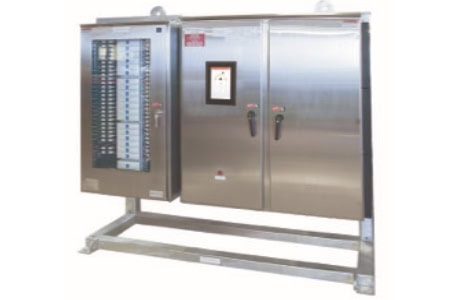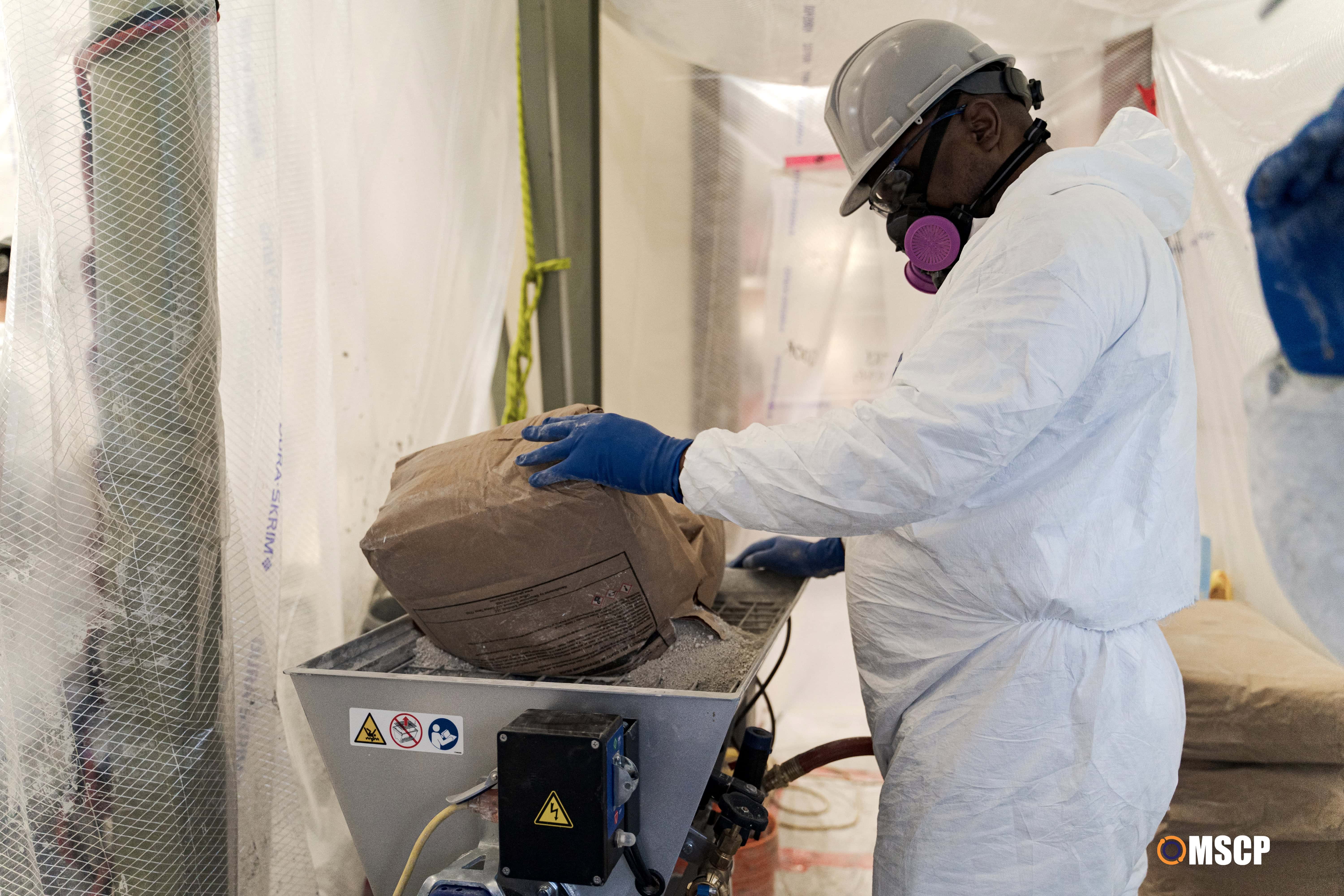When it comes to optimizing your industrial heat trace system, choosing the right EHT controller—also known as a heat trace controller—is critical. These controllers are the brains of your operation, ensuring that electric heat tracing is consistent, safe, and efficient across all applications, from pipe freeze protection to temperature maintenance.
A reliable heat tracing controller provides:
Accurate power control to EHT panels based on programmable setpoints
Ground fault protection as per Canadian Electrical Code (CEC)
Real-time alarms for component or system failure
Quick Answer: What Is the Best EHT Controller?
The best heat trace controller depends on your project’s scale, circuit count, and energy requirements. For high-capacity sites, a multi-circuit EHT controller or custom PLC-based heat tracing controller delivers maximum flexibility and integration.
What Types Of EHT Controllers Are Available?
Choosing the right EHT controller starts with understanding your options. Below are the four most common types of heat trace controllers used in industrial applications:
1. Single/Two-Circuit Heat Trace Controllers
These compact and cost-effective EHT controllers are ideal for small-scale applications. They offer ground fault protection, full alarm functionality, and are often stocked at local wholesalers.
2. Multi-Circuit Heat Trace Controllers
Designed to manage dozens of circuits—often up to 72—these heat trace controllers are microprocessor-based and ideal for large operations. They require configuration via software but offer comprehensive control.
3. Contactor Panels
These EHT panels offer basic control with minimal programming. While they don’t support advanced alarms or network monitoring, they’re affordable and easy to replace or scale.
4. Custom PLC Heat Tracing Controllers
Fully programmable, network-ready, and ideal for DCS or SCADA integration, these EHT controllers are built for complex systems and large facilities. They can be customized to integrate with plant-wide automation.
Pros and Cons of Each EHT Controller Type
| EHT Controller Type | Pros | Cons |
Single/Two Circuit |
|
|
Multi-circuit |
|
|
Contactor Panel |
|
|
Custom PLC Controller |
|
|
What to Consider When Choosing the Right Heat Trace Controller
Selecting the ideal EHT controller or heat tracing controller goes beyond technical specs. Here’s what you should evaluate:
1. Area Classification
Hazardous zones require heat trace controllers with line-sensing capability to minimize MI cable sheath temperatures and meet compliance.
2. Network Compatibility
Your EHT panel must align with your facility’s infrastructure. Whether you use Ethernet, Modbus, or another protocol, ensure your heat trace controller supports seamless communication.
3. Maintenance Strategy
If your team doesn’t monitor alarms, some controller features may be unnecessary. Choose a heat tracing controller that matches your actual operations plan.
4. Energy Management
Controlling energy consumption is critical. Some EHT controllers allow for more efficient heating based on real-time data, which can be vital in facilities with limited or self-generated power.
FAQ: Heat Trace Controllers & EHT Panels
Q: What does an EHT controller do?
A: An EHT controller powers and manages electric heat trace circuits. It provides temperature control, fault detection, and alarm feedback to ensure safety and efficiency.
Q: How do I choose the best heat trace controller?
A: Consider your system size, number of circuits, energy usage, safety classification, and your facility’s network and maintenance capacity.
Q: What’s the difference between an EHT panel and a heat trace controller?
A: An EHT panel is the hardware enclosure housing electrical components. A heat trace controller is the logic system or unit that manages power and data in that panel.
Q: Can a heat trace controller be integrated with SCADA?
A: Yes, especially custom PLC-based EHT controllers, which can communicate over Modbus or Ethernet with SCADA and DCS systems.
Why MSCP is Canada’s Leader in Heat Trace Controllers
If you need help choosing the right heat trace controller, MSCP is your partner in full-system heat trace solutions. We don’t just sell parts—we design, build, commission, and maintain complete heat management systems across Canada.
From our custom workshops in Alberta and Ontario, we manufacture and ship premium EHT controllers, EHT panels, and heat tracing systems tailored to your site requirements. Our solutions are engineered to avoid downtime, protect your processes, and withstand harsh climates.
READ MORE – Keeping Local Heat Management System Manufacturing In Canada
Get Custom Heat Trace Solutions from the Experts
Ready to find the perfect heat trace controller for your system? Contact MSCP today for custom EHT panel design, controller selection, and expert support.



